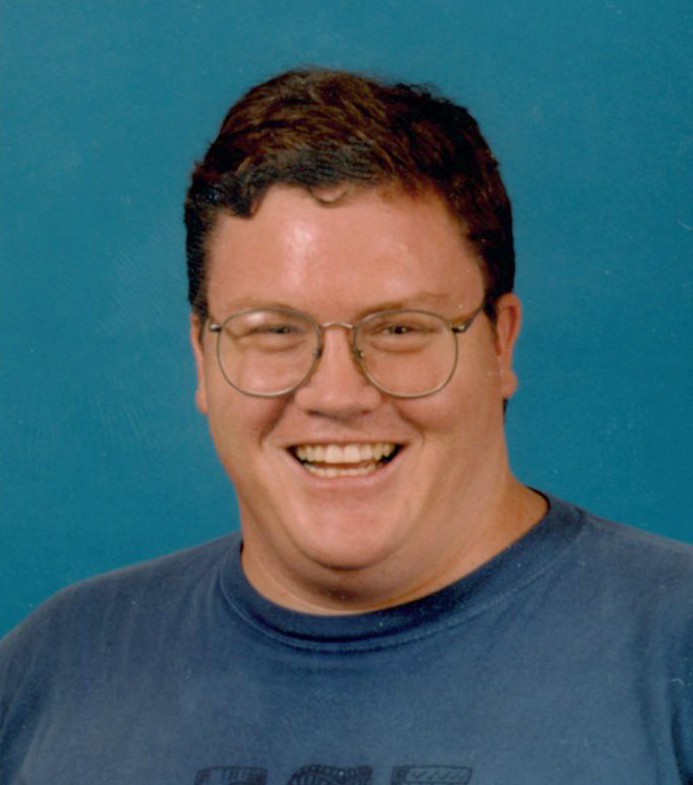by Shane Byrne
As rovers crawl across the surface of Mars, they can investigate small-scale structures in sedimentary rock that can’t be seen from orbital datasets. These structures can tell us a lot about the environment within which the rocks were deposited. Terrestrial geologists have been interpreting these features for a long time, but it is a relatively new tool in planetary science. On this trip we journeyed to southern New Mexico where we saw examples of deposits from volcanic base surges and aeolian material that contain some of these sedimentary structures.
Our first stop for this LPL field trip was Kilbourne hole and the neighboring Aden lava flow (a good example of an inflated flow with polygonal fractures). Kilbourne hole is a Maar crater i.e., where subterranean magma encounters ground water and generates repeated explosions. These explosions throw out debris and generate base surges that can mobilize these particles into cross-bedded patterns. Later erosion at Kilbourne Hole allows us to see cross-sections of this stratigraphy and occasional volcanic bombs that are embedded within it. Kilbourne Hole is also famous for its mantle xenoliths—chunks of almost pure olivine carried to the surface from great depth. They are hard to find these days as the site was been thoroughly picked over by geo-tourists, but we were lucky enough to discover a large one (~40 pounds). It is also well known for its large rattlesnake population, which we fortunately failed to discover.
After leaving Kilbourne Hole, we traveled to the White Sands dune field. Cross-bedding in the making can be observed here as gypsum sand avalanches down dune slipfaces. White Sands has many types of dunes (from parabolic to barchan) and a wide range of dune migration rates, which can be clearly measured in orbital imagery and airborne LIDAR datasets (dune migration rates can now also be routinely measured on Mars through HiRISE orbital imagery). We hiked out to Alkali Flats to see the source of the dunefield—gypsum crystalizes on the surface of a playa here before blowing eastward towards the dunes. One non-geologic highlight of the trip was the permission to camp overnight within the park. Incredibly dark skies even allowed for views of the zodiacal light and the white dunes illuminated by starlight gave this terrestrial analog an unearthly quality.
|
|
|
|
|


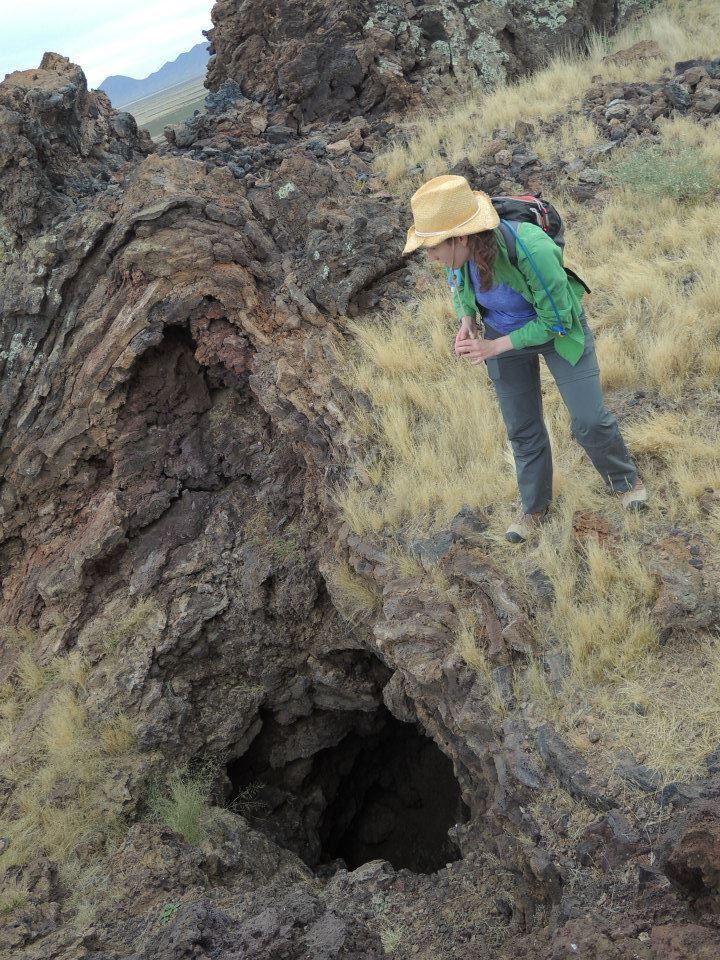
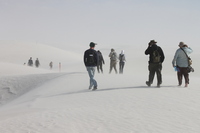

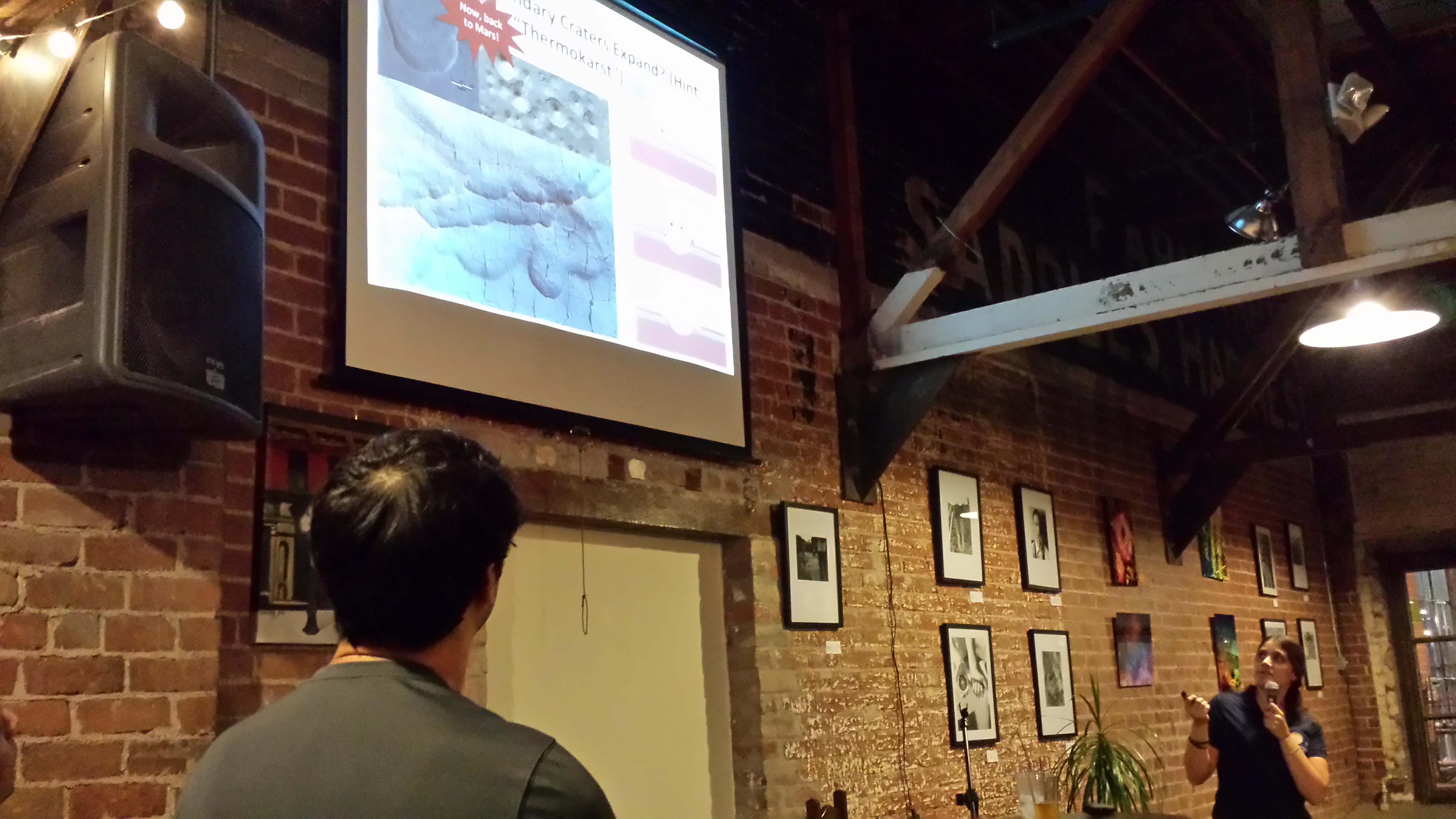
 LPL graduate student Sarah Morrison and OSIRIS-REx Ambassador/LPL staff Jonna Zucarelli show off the OSIRIS-REx mission and how we use spectroscopy to figure out the composition of objects in our Solar System and beyond at Connect2STEM on January 31, 2015.
LPL graduate student Sarah Morrison and OSIRIS-REx Ambassador/LPL staff Jonna Zucarelli show off the OSIRIS-REx mission and how we use spectroscopy to figure out the composition of objects in our Solar System and beyond at Connect2STEM on January 31, 2015.
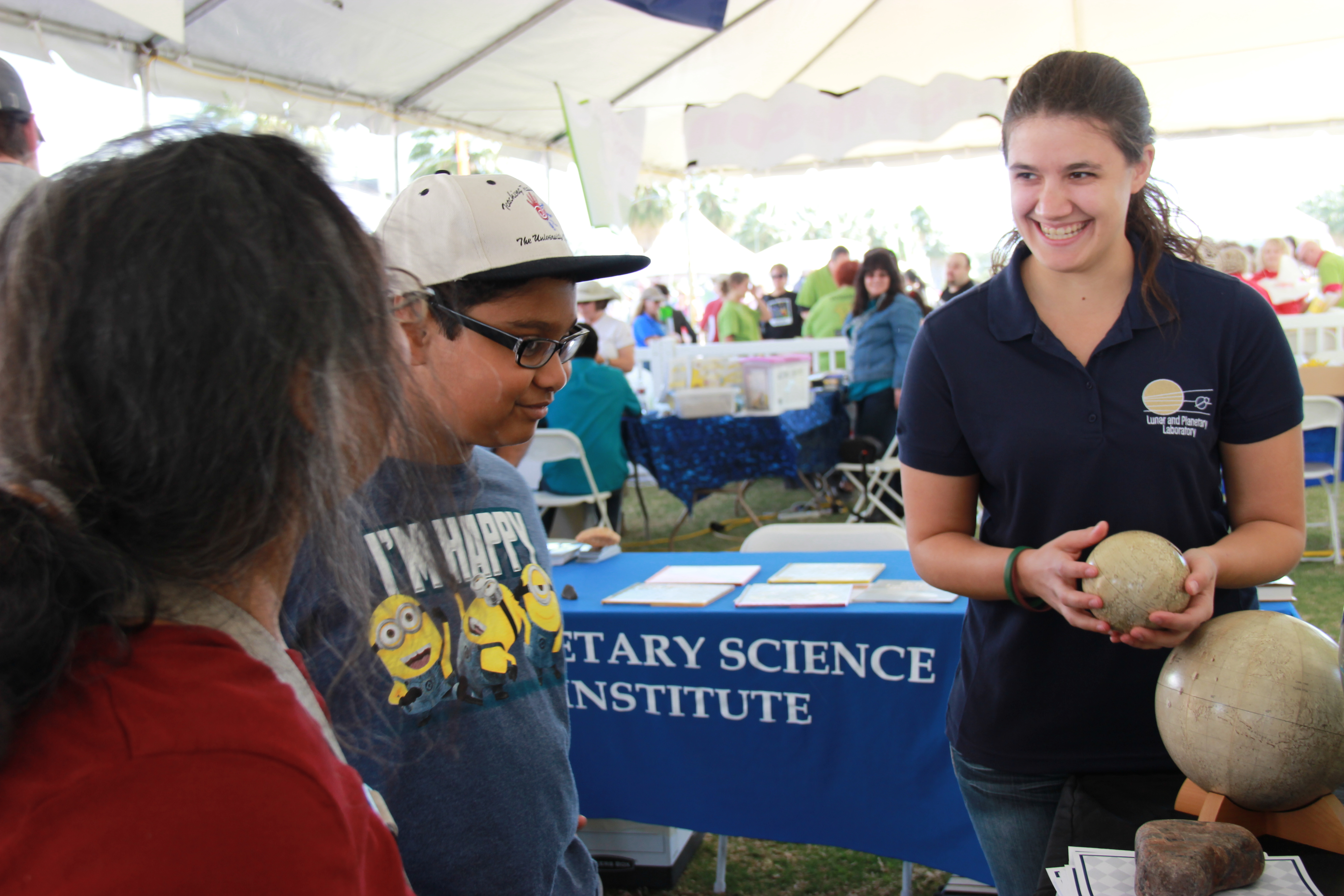
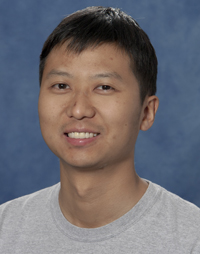 Xi Zhang joined LPL in January 2013, working as a Bisgrove post-doctoral scholar on planetary atmospheres with
Xi Zhang joined LPL in January 2013, working as a Bisgrove post-doctoral scholar on planetary atmospheres with 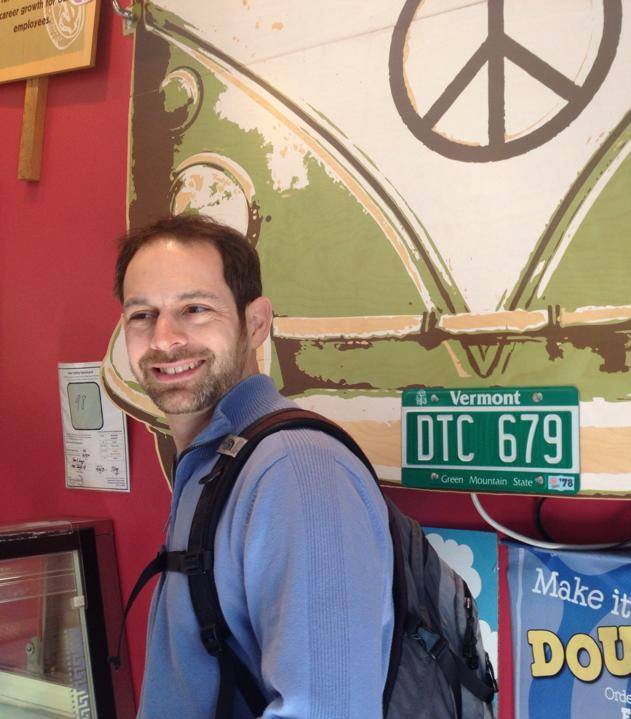 Ed Audi is a Staff Engineer with the Cassini VIMS team. His career at LPL began in 2013, but his journey to Tucson started in 1997, when he decided to leave the cold weather of his native Vermont and head west. After working in the telecommunication industry for a time, Ed made his way to Tucson in 2001 to work at the University of Arizona (UA) as a telescope operator at the old 12-meter radio telescope on Kitt Peak. In 2003, he migrated to a position with Pegasus Solutions, a Scottsdale software company, and then to graduate school at the University of Tulsa. But, he says, "I didn't want to leave Arizona and I always knew I'd come back!"
Ed Audi is a Staff Engineer with the Cassini VIMS team. His career at LPL began in 2013, but his journey to Tucson started in 1997, when he decided to leave the cold weather of his native Vermont and head west. After working in the telecommunication industry for a time, Ed made his way to Tucson in 2001 to work at the University of Arizona (UA) as a telescope operator at the old 12-meter radio telescope on Kitt Peak. In 2003, he migrated to a position with Pegasus Solutions, a Scottsdale software company, and then to graduate school at the University of Tulsa. But, he says, "I didn't want to leave Arizona and I always knew I'd come back!"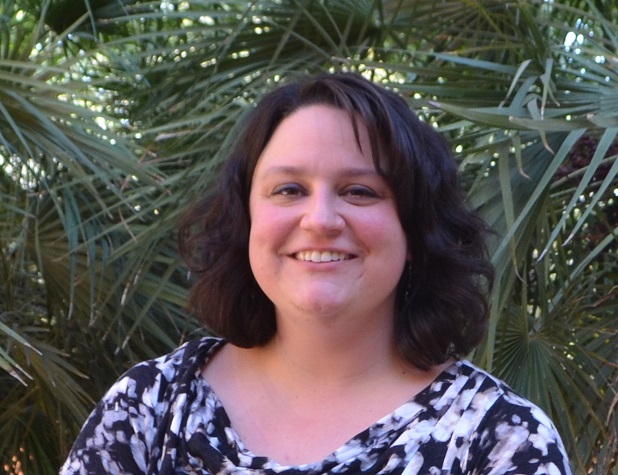 Annie Wargetz joined the LPL family in January 2015 as the new Social Media Lead for the
Annie Wargetz joined the LPL family in January 2015 as the new Social Media Lead for the 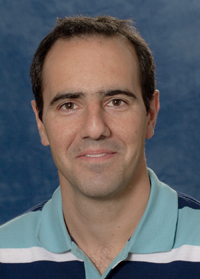 Federico Fraschetti is an Associate Staff Scientist at LPL and Guest Lecturer/Faculty Affiliate Member of the
Federico Fraschetti is an Associate Staff Scientist at LPL and Guest Lecturer/Faculty Affiliate Member of the 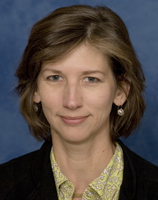 Congratulations to Sarah Sutton, recipient of this year's LPL Appointed Personnel Staff Excellence Award, and to Eneida Guerra de Lima, recipient of the 2015 Classified Staff Excellence Award!
Congratulations to Sarah Sutton, recipient of this year's LPL Appointed Personnel Staff Excellence Award, and to Eneida Guerra de Lima, recipient of the 2015 Classified Staff Excellence Award!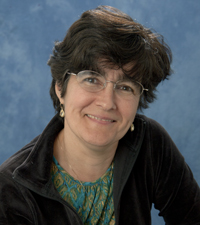 Eneida Guerra de Lima joined LPL in October 2013 as an Information Technology Support Analyst, Principal, and immediately began making positive changes and contributions to LPL, improving the quality and effectiveness of IT services, identifying weaknesses and making recommendations and improvements. Eneida brought to LPL her expertise and previous experience with UA computing resources such as UAConnect and Outlook, and desktop support. Some specific examples of Eneida's superior performance include:
Eneida Guerra de Lima joined LPL in October 2013 as an Information Technology Support Analyst, Principal, and immediately began making positive changes and contributions to LPL, improving the quality and effectiveness of IT services, identifying weaknesses and making recommendations and improvements. Eneida brought to LPL her expertise and previous experience with UA computing resources such as UAConnect and Outlook, and desktop support. Some specific examples of Eneida's superior performance include: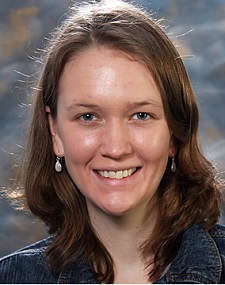 Melissa Dykhuis
Melissa Dykhuis
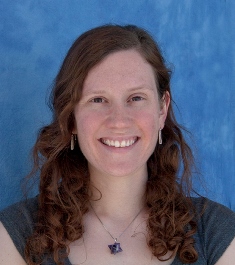 Catherine Elder
Catherine Elder
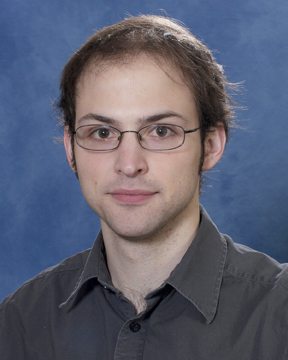 Patrick Harner
Patrick Harner
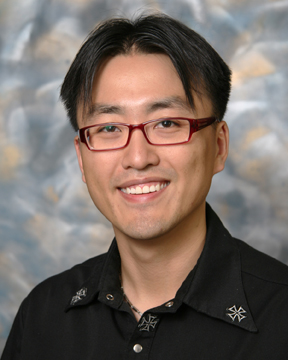 Youngmin JeongAhn
Youngmin JeongAhn
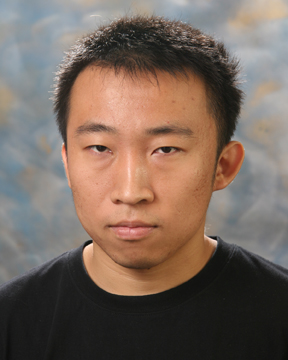 Huan Meng
Huan Meng
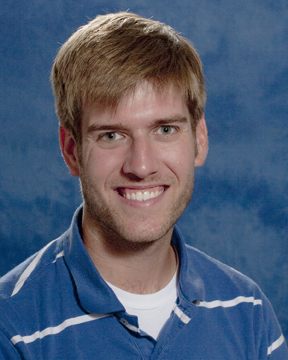 Rob Zellem
Rob Zellem
